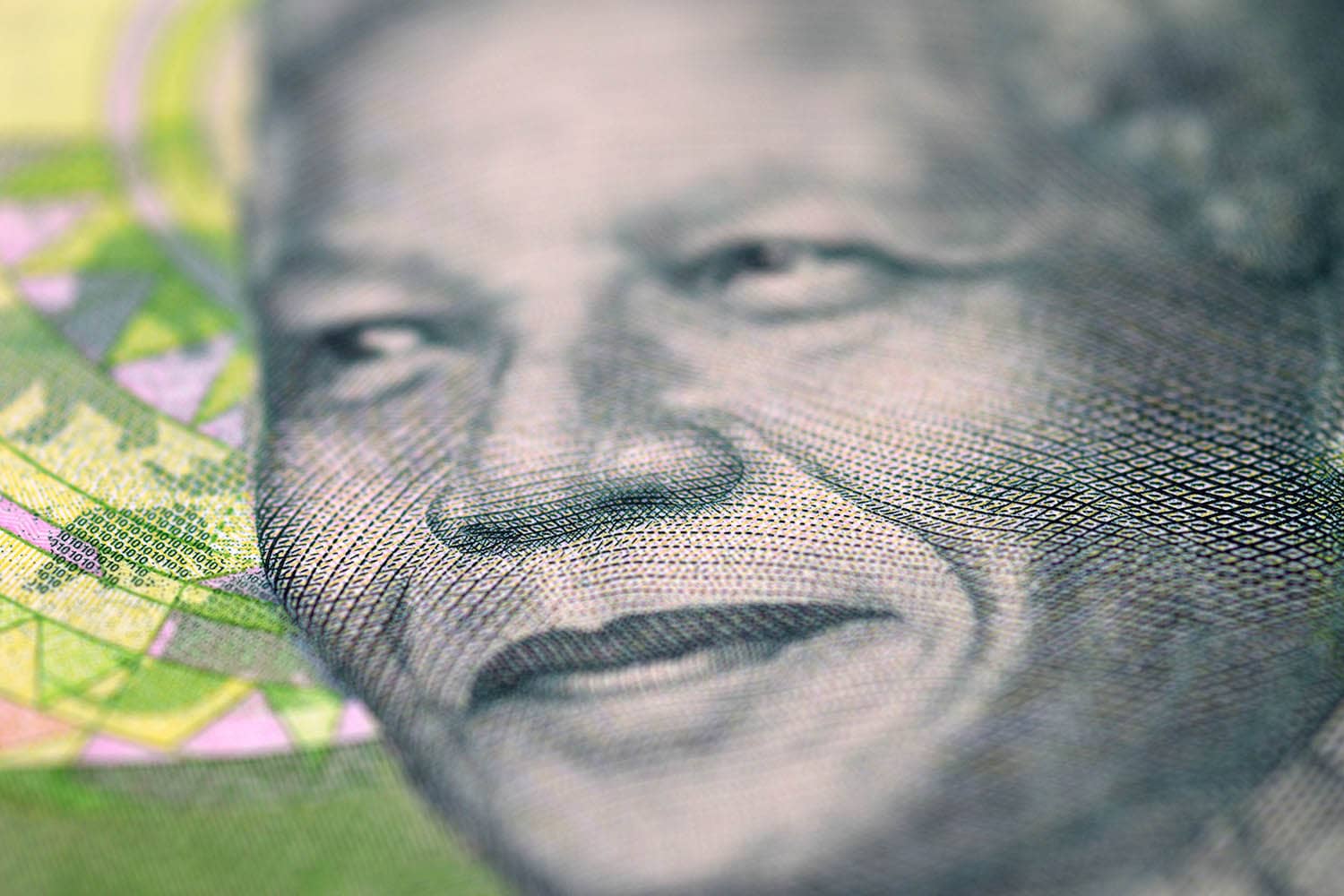Nedbank Holds Bullish Bias on the Rand
- Written by: Gary Howes

Image © Adobe Images
"The currency got a boost, and this should continue."
South Africa’s rand is poised to strengthen further towards its long-run fair value as the central bank moves closer to anchoring inflation expectations at a lower level, according to Nedbank strategists, who maintain a "bullish bias" on the currency.
In a research note published on Thursday, Walter De Wet, strategist at Nedbank, said the South African Reserve Bank’s (SARB) recent efforts to shift the market's focus towards a 3% inflation target, despite the absence of an official announcement, are helping support the rand's recovery.
"The rand continues to grind stronger towards our fundamental neutral range of 17,00–17,50," De Wet wrote. "In our view, the currency got a boost, and this should continue, not because of the 25-basis point cut in the repo rate… but because of the SARB moving another step closer to anchoring inflation expectations lower."
The SARB’s messaging around a lower inflation target is expected to lead to lower bond yields and increased domestic asset valuations, both of which could attract foreign capital. Nedbank estimates that if the SARB anchors inflation around 3%, South Africa’s 10-year bond yield could fall by at least 50 basis points relative to previous forecasts.
"Local equities could see a P/E multiple expansion on the back of a lower discount rate," De Wet said, adding that such conditions could "incentivise the repatriation of portfolio investments from abroad."
Nedbank’s current forecast sees the USD/ZAR pair drifting toward 17.40, within the bank’s fair value range of 17.00 to 17.50. "We would not be surprised to see the rand testing the lower end of our neutral range and even undershooting this level," De Wet noted, especially if the National Treasury makes the lower inflation target official.
The bank also pointed to a potential structural shift in the rand’s long-term depreciation trajectory. Historically, the rand has depreciated by 4.3% per year against the U.S. dollar since 2000, broadly mirroring the inflation differential between South Africa and the U.S. "In theory, the rand depreciation should slow to only 1% p.a. in the long run, if the SARB successfully targets 3% inflation," De Wet said.
On a technical basis, support levels for the rand are expected at 17.86 and 17.96, with psychological support seen at 18.00. Resistance lies at 17.67 and 17.50, according to Nedbank’s chart analysis.
Nedbank forecasts South Africa's consumer inflation to average 3.3% in 2025, with GDP growth slowing to 1.1% this year. Another 25 basis point rate cut is anticipated later in 2025, taking the repo rate to 7.00%.




